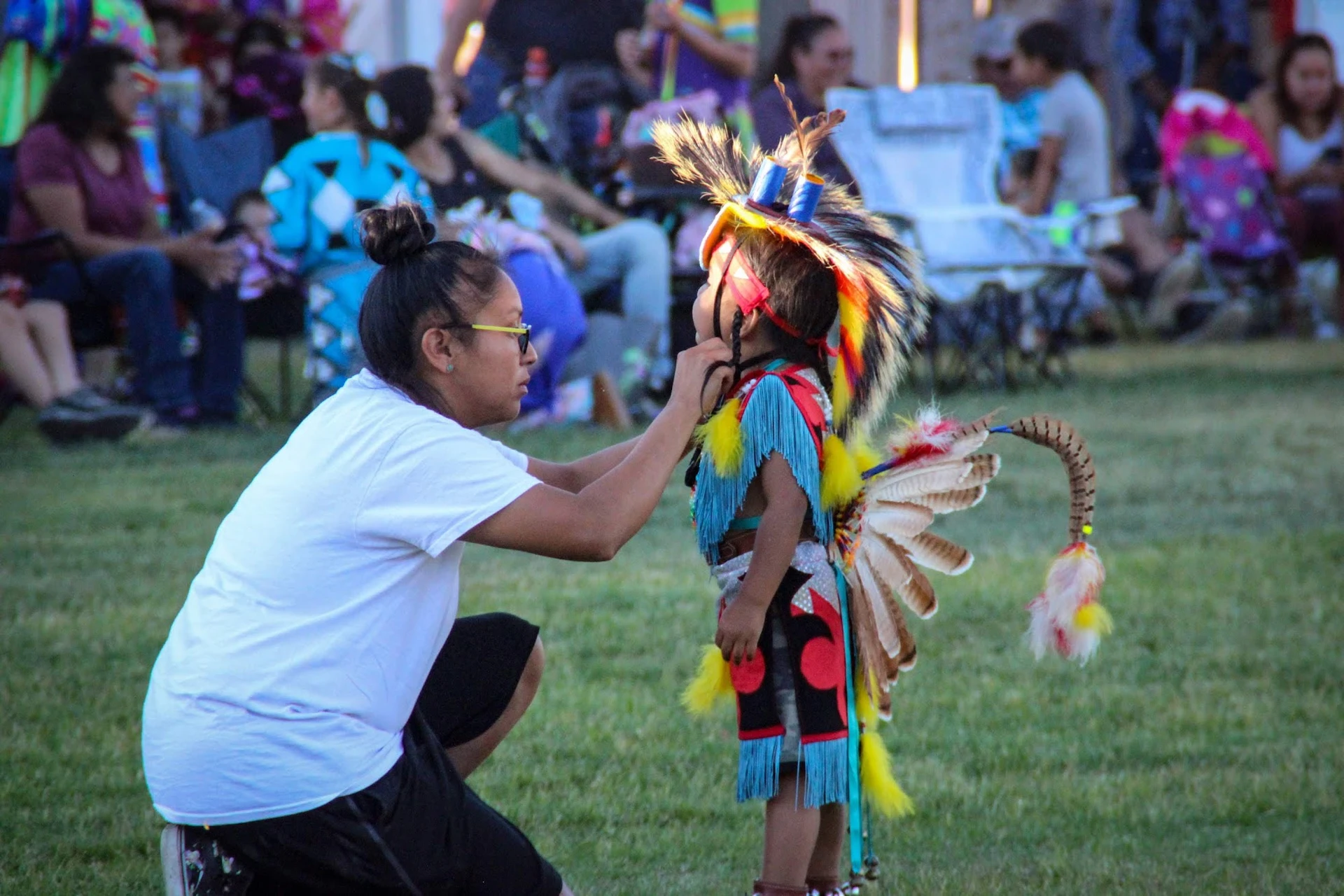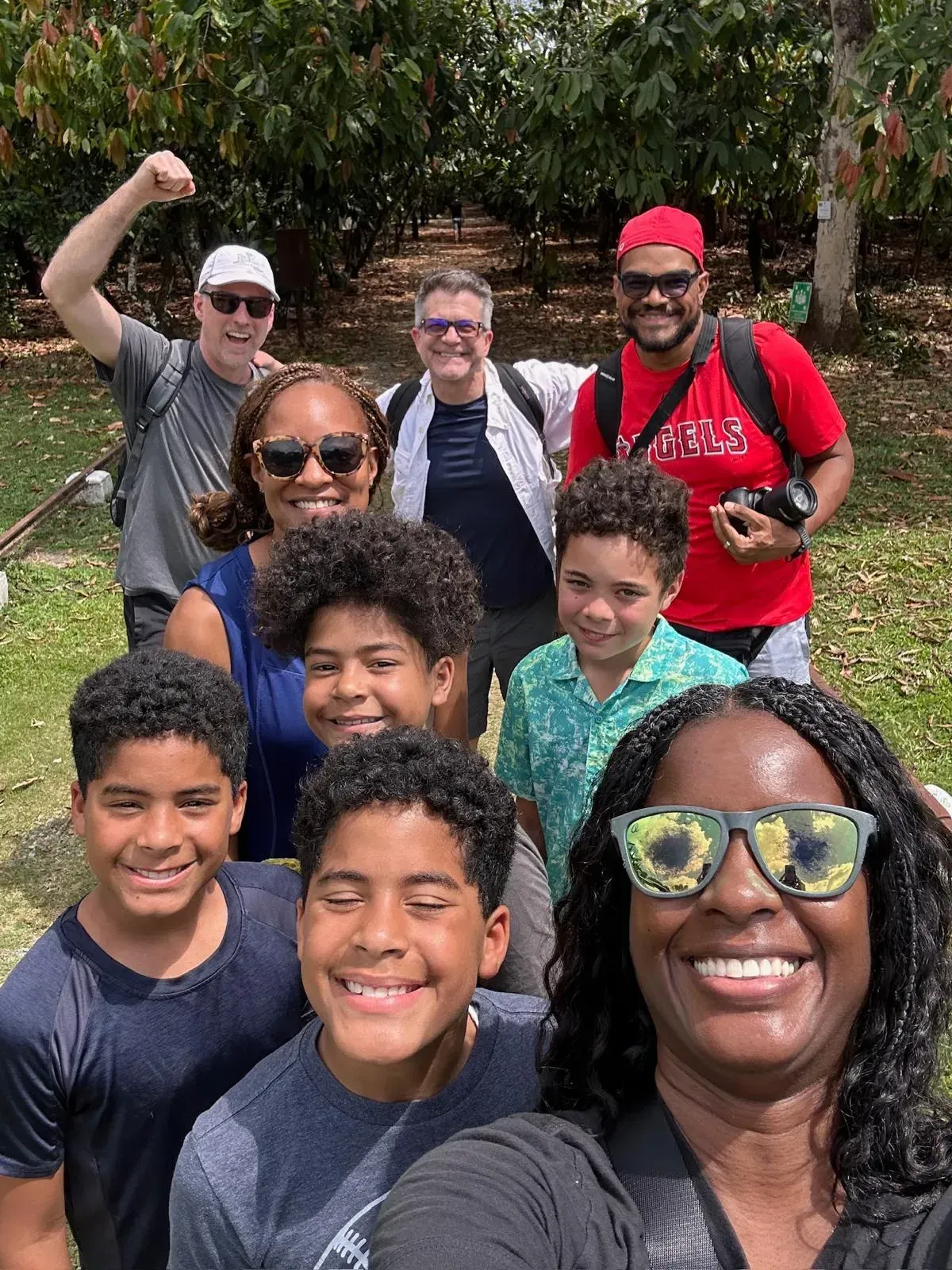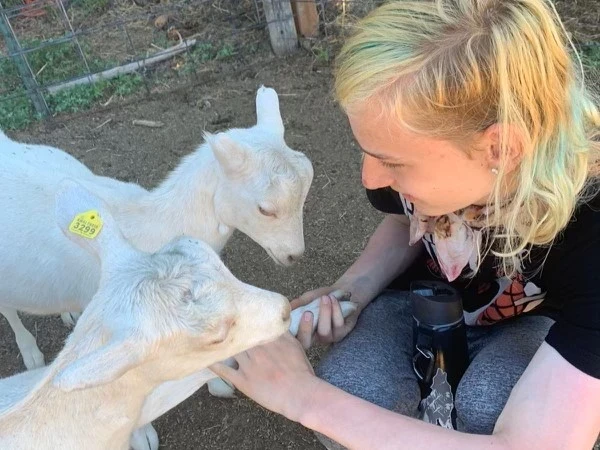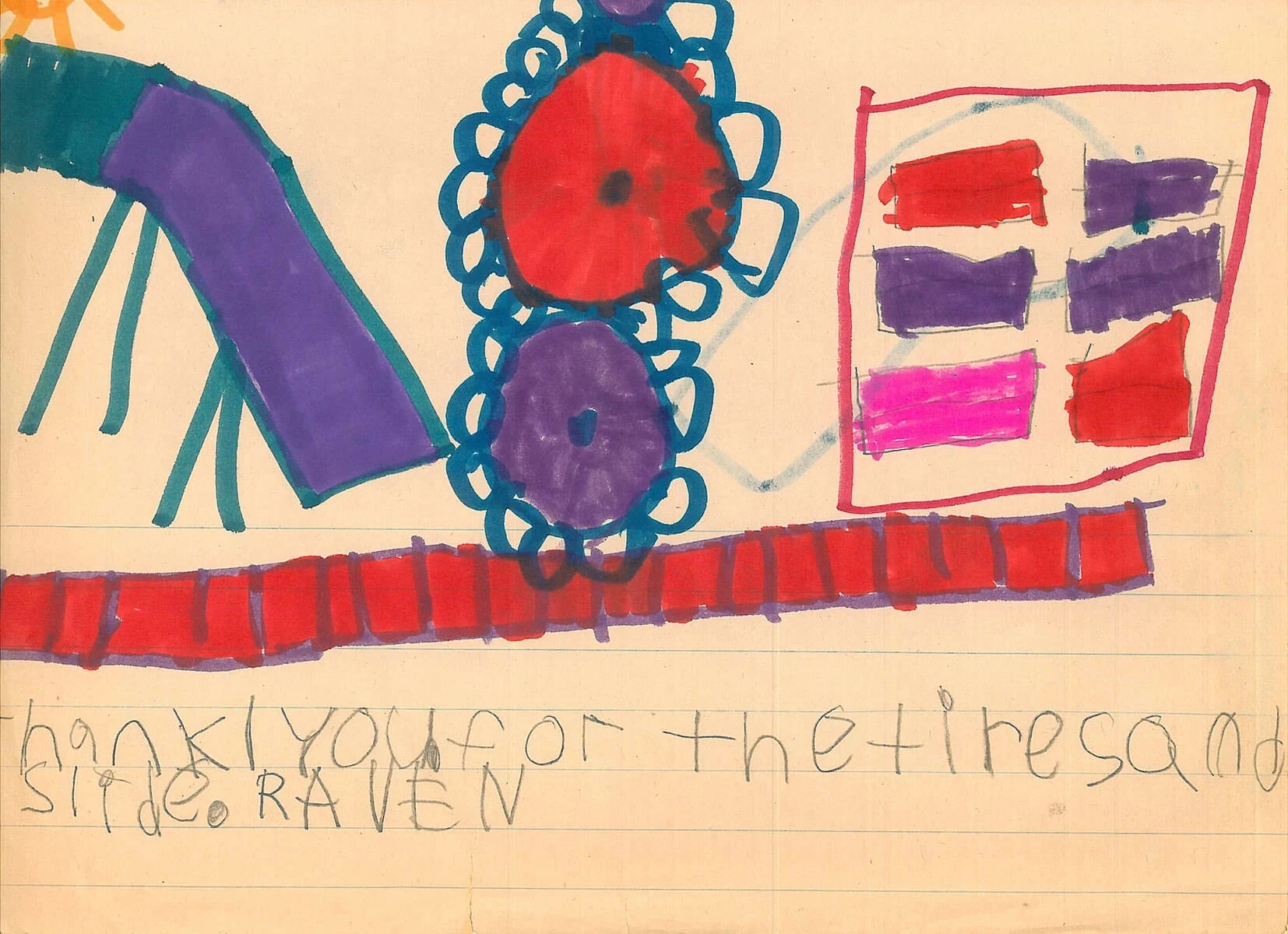__
By Owen Clarke
We’re all familiar with Martin Luther King Jr’s pivotal role in leading the African American Civil Rights Movement of the 1960s. His “I Have a Dream” speech is frequently ranked among the most famous and impactful oratory works of all time.
The problem at hand for MLK, of course, was racial segregation and discrimination against African Americans in the United States. There, his legacy remains indisputable.
But what’s not as well recognized is that the core of his message was the promotion of cultural exchange and equality across all peoples, religions and ages. In “I Have a Dream,” King advocated for brotherhood and justice for “all of God’s children, black men and white men, Jews and gentiles, Protestants and Catholics.
MLK’s advocacy for the Native American tribes of the United States, while not as well-known or exhaustive as his actions for African American civil rights, was also resolute.
He made his beliefs clear
“Our nation was born in genocide when it embraced the doctrine that the original American, the Indian, was an inferior race,” King wrote in his 1964 book, Why We Can’t Wait.
“Even before there were large numbers of Negroes on our shores, the scar of racial hatred had already disfigured colonial society.”
The benefits resulting from the Civil Rights Movement had positive ripple effects for Native tribes, too.
The Native American Rights Fund (NARF), founded in 1970, was actually modeled after the National Association for the Advancement of Colored People (NAACP)’s Legal Defense and Education Fund. This civil rights law firm was in effect “the legal arm of the Civil Rights Movement.” The LDF provided legal aid for countless arrested protestors and other activists, in addition to pursuing direct legal action to dismantle segregation (most famously in the landmark case Brown v. Board of Education).
Among other initiatives supporting Native Americans, King worked with tribal leaders of the Poarch Creek Indians to desegregate their schools in South Alabama in the late 1950s. At the time, some Native kids were allowed to ride on school buses to what had previously been all-white schools, but any dark-skinned Native children, even of the same tribe, were not allowed to ride the same buses. With King’s aid, this segregated policy was disbanded and all Native children were allowed to ride on the buses together.
It’s not surprising that a large contingent of Native Americans was present when “I Have a Dream” was delivered.
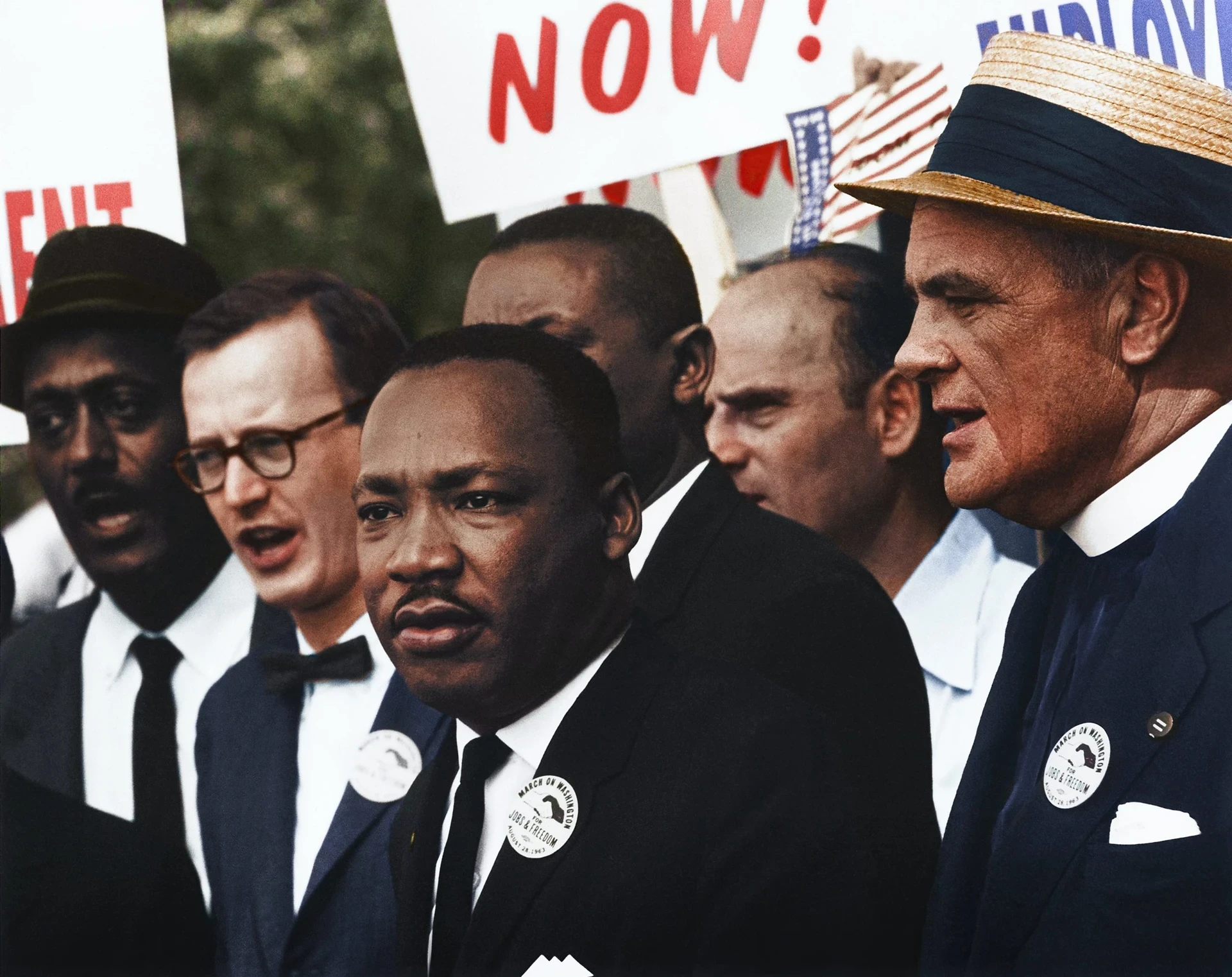
Connecting to the People
The Civil Rights Movement and King’s legacy remain critically important today, and not just because we still have plenty of hurdles to overcome to reach equity in the civil rights sphere, in everything from race to gender to religion.
Through his activism, whether for African Americans or Native Americans, King proved to the world that only through close cultural exchange and connection can we come to better understand each other and create a more equitable world.
He called everyone to his rallies and protests. He didn’t just call black people to action, he called white people, Native Americans, Asian Americans and others, bringing everyone together for a common goal.
He didn’t speak against any one group. He spoke for all.
“The marvelous new militancy which has engulfed the Negro community must not lead us to a distrust of all white people,” he said on the steps of the Lincoln Memorial, “for many of our white brothers, as evidenced by their presence here today, have come to realize that their destiny is tied up with our destiny. And they have come to realize that their freedom is inextricably bound to our freedom.”
“We cannot walk alone,” King said. This message still rings so true today. We can’t sit at home alone on our laptops, sharing social media posts and reading articles, and expect to truly understand (and be able to fight for) the rights of the diverse peoples inhabiting our country and planet.
No matter how passionate we are, we can’t begin to understand the problem (much less effect lasting change) from our desks and living rooms.
We have to get out in the field, into the world.
We have to meet people face-to-face.
We have to learn from them, live with them, eat with them and work with them.
There is no better way to broaden our understanding of the obstacles that we face as activists and youth in today’s world.
Our cultural exchange teen summer program with the Blackfeet Tribe in northern Montana is a stellar way to do this.
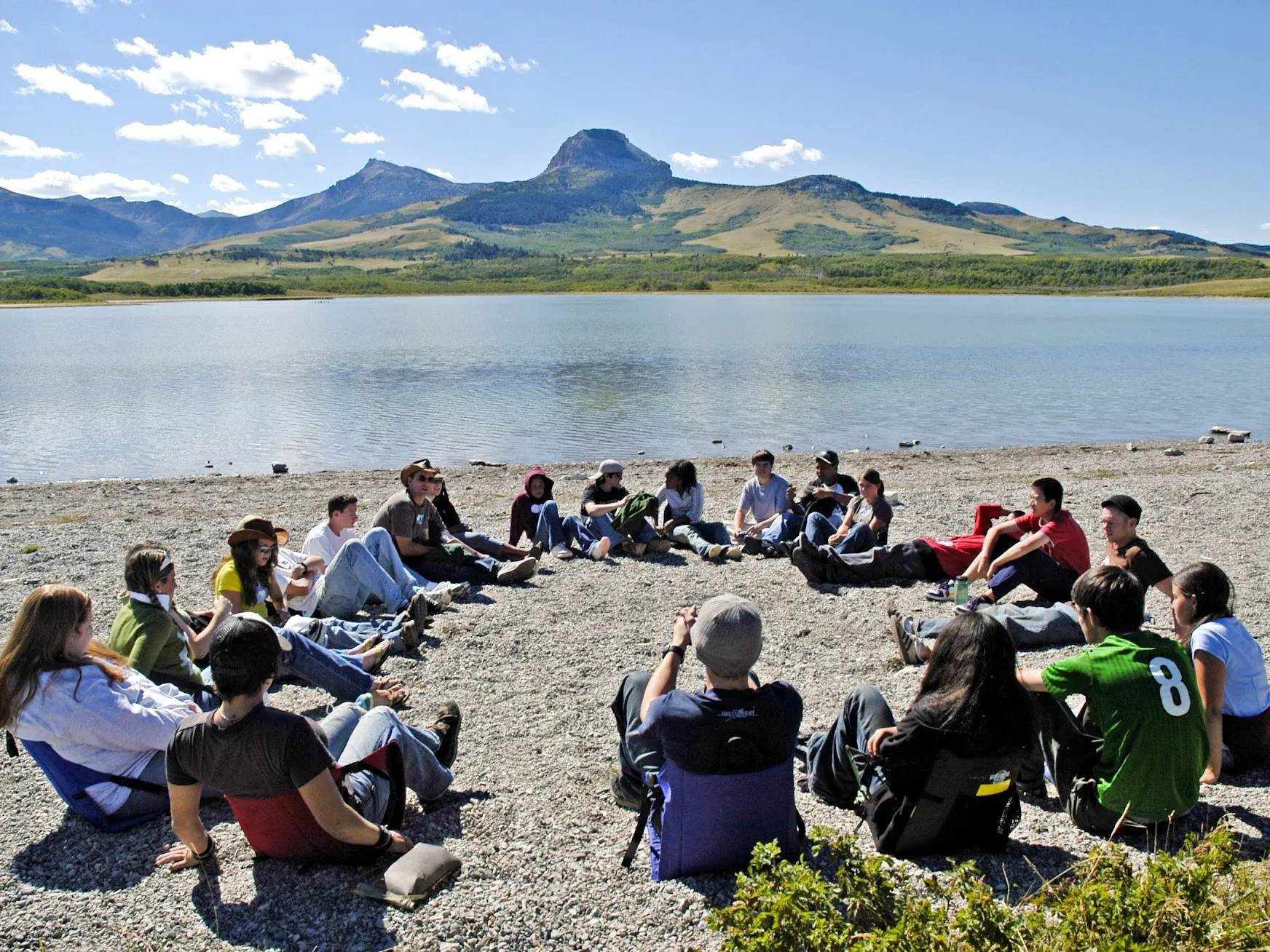
Circle Meeting in Montana
Photo credit: Stephen Tidmore
When YOU join our Blackfeet Program, you aren’t merely living and working on the rolling grasslands of the Blackfeet Nation, alongside people who have called this region home for over 10,000 years…
…You’re connecting and bonding with local people and their land.
You’re attending their annual powwow, dancing, drumming and playing traditional games. You’re visiting a sweat lodge, watching a rodeo, discovering how teepees are built, learning to bead, ride horses and identify medicinal plants.
You’re putting your back into conservation and construction projects with our Blackfeet partners. You’re renovating homes and repairing fences. You’re constructing wheelchair ramps, planting community gardens and setting up playgrounds for local children.
You’re helping tribal elders with home-upkeep. You’re working at the Yellow Bird Woman Sanctuary (a partnership between the Nature Conservancy and Blackfeet Nation), a model for other Native tribes fighting for land preservation.
You’re not just serving, however.
You’re respectfully living as part of the community. You’re meeting tribal historians, spiritual leaders, elders, storytellers and naturalists. The work you do is your way of thanking these local friends for sharing their lives and time with you.
You’re building a connection, fostering deeper understanding and giving yourself the tools you need to be a better advocate and activist of the future, whatever causes you choose to fight for moving forward.
“We were like one big family,” said Blackfeet Program participant Paden Dvoor, of New York City.
We’ve worked with Blackfeet organizations for three decades (31 years), and there is no better youth organization to choose if you want to foster a deep, meaningful connection. (The Blackfeet tribe isn’t the only tribe we partner with, of course. We look forward to returning to the Northern Cheyenne reservation in the future.)
Connecting to the Land
King’s legacy is also immensely relevant because the fabric of his movement still inspires and shapes other movements today, even outside the realm of civil rights and human-to-human connection.
MLK’s success proved that we can achieve pivotal change through peaceful, intelligent, targeted protest, whatever the cause. This is true whether we’re called to the fight for racial equity, tribal or immigration rights, healthcare reform or climate action.
Moreover, King was adamant that if the cause is something we believe in, then there is no time for hemming and hawing. There is no time for delay.
This action has to happen NOW.
“We have also come to this hallowed spot to remind America of the fierce urgency of now,” he declared before a quarter-million people in the now-legendary 1963 March on Washington. “This is no time to engage in the luxury of cooling off or to take the tranquilizing drug of gradualism.”
See any similarities between the urgency of racial equality and the urgency of another crisis facing our world?
Many of the strategies and philosophies he successfully used to promote African American civil rights are proving to be equally effective tools for the climate warriors and youth of today, such as the Sunrise Movement. The same civil disobedience, grassroots organizing and peaceful discourse King used to fight racial injustice are critical to achieving success in the battle to save our planet.
On that note, the positive exchange and deep connections that King inspired us to foster don’t necessarily have to be between peoples, either.
These connections can also be between ourselves and the land.
When we put down ROOTS in our teen summer Montana Farm & Ranch Program, we become intrinsically meshed with the land. We learn through visceral, hands-on experience how to become better stewards of (and advocates for) our planet.
As the fight against climate change and environmental degradation grows ever more serious, it’s crucial that YOU, the adults and voters of tomorrow, understand what it means to truly live sustainably and conscientiously, in harmony with the land, amid the clamor of the digital age.
Anyone can (and should) fight for a sustainable, environmentally-friendly future.
But not all environmental activists have firsthand experience knowing exactly what that future looks like.
After our Montana Farm & Ranch Program… You WILL!
You’ll learn to work and live off the land, meeting and working hand-in-hand with local growers, livestock ranchers and conservationists. You’ll be harvesting food, helping with animals, turning compost piles, performing trail maintenance and more. You’ll learn about permaculture, conservation and carpentry, with hands-on experience using power and hand tools.
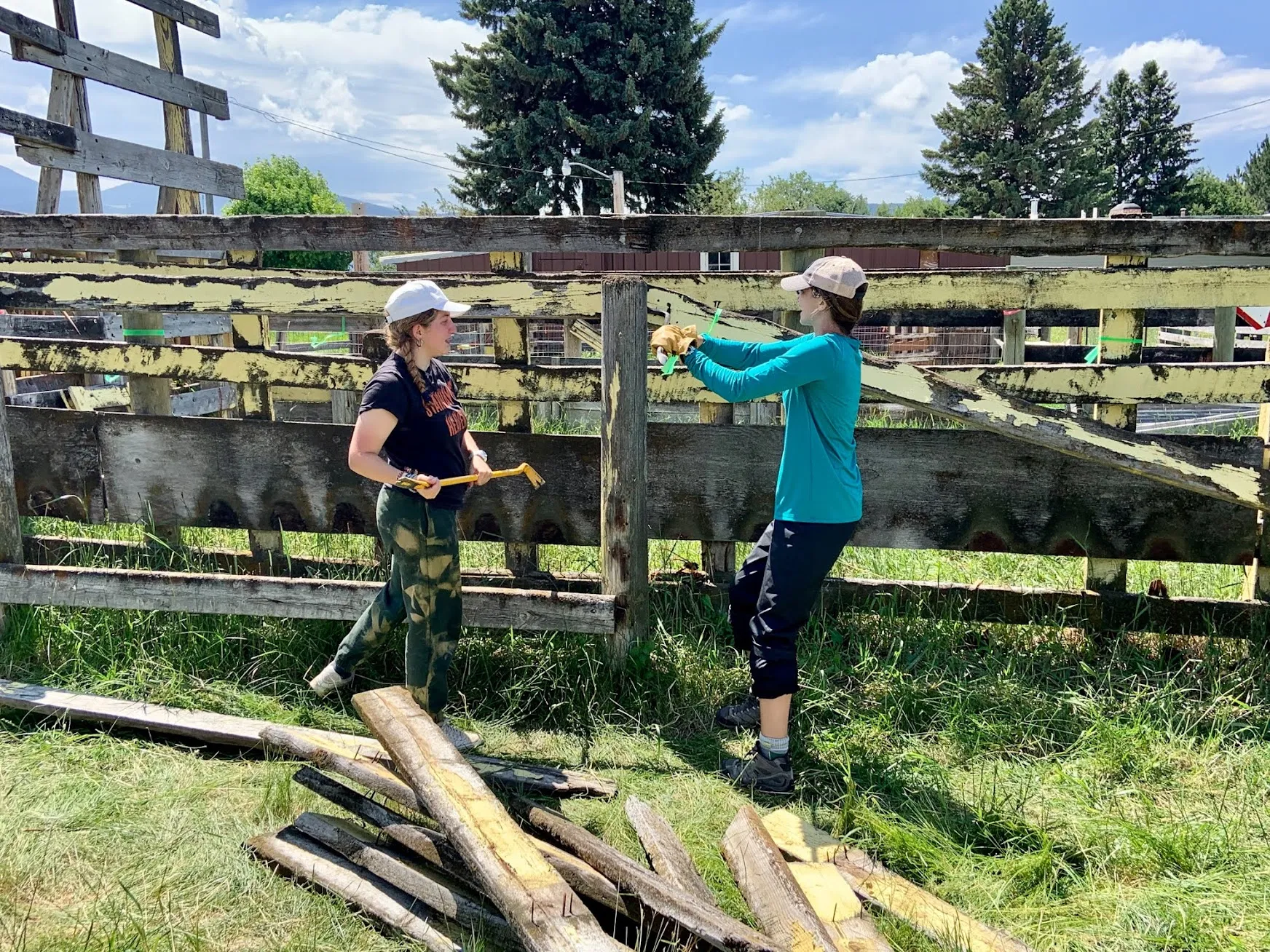
Service blends with outdoor adventure, as well, to create a natural experience like no other.
You’ll come away truly knowing the rugged Montana wilderness, after backpacking trips, whitewater rafting, rock climbing excursions and jaunts to local alpine swimming holes
The soaring mountain peaks, pristine alpine lakes, raging rivers and vast open prairies of the Montana West will be your home.
And this intimacy with the natural world isn’t something that fades over time. The experiences our participants have in our Montana Farm & Ranch Program make them stronger environmental activists for life.
If you want to fight for climate solutions and environmental preservation, our Montana Farm & Ranch Program WILL give you more tools and experience you need to be an informed, effective activist.
The Legacy Lives On
Martin Luther King Jr. will always be remembered as a peaceful champion for equality and the engine behind the success of the civil rights movements of the 1950s and 1960s. But though we still have a ways to go even in the world of African American civil rights today…
His teachings expand far beyond that realm.
MLK taught (and proved) that the ONLY way to effect positive change in our world is to get out into that world. We have to come together, learn from each other and connect with the people and the land around us.
We aren’t going to learn how to live in harmony with our planet and its people by sitting at home, sharing petition links and posting on social media. We’re going to have to get out in the field and get our hands dirty.
Our Montana Blackfeet and Montana Farm & Ranch teen summer programs offer YOU the opportunity to do just that.


